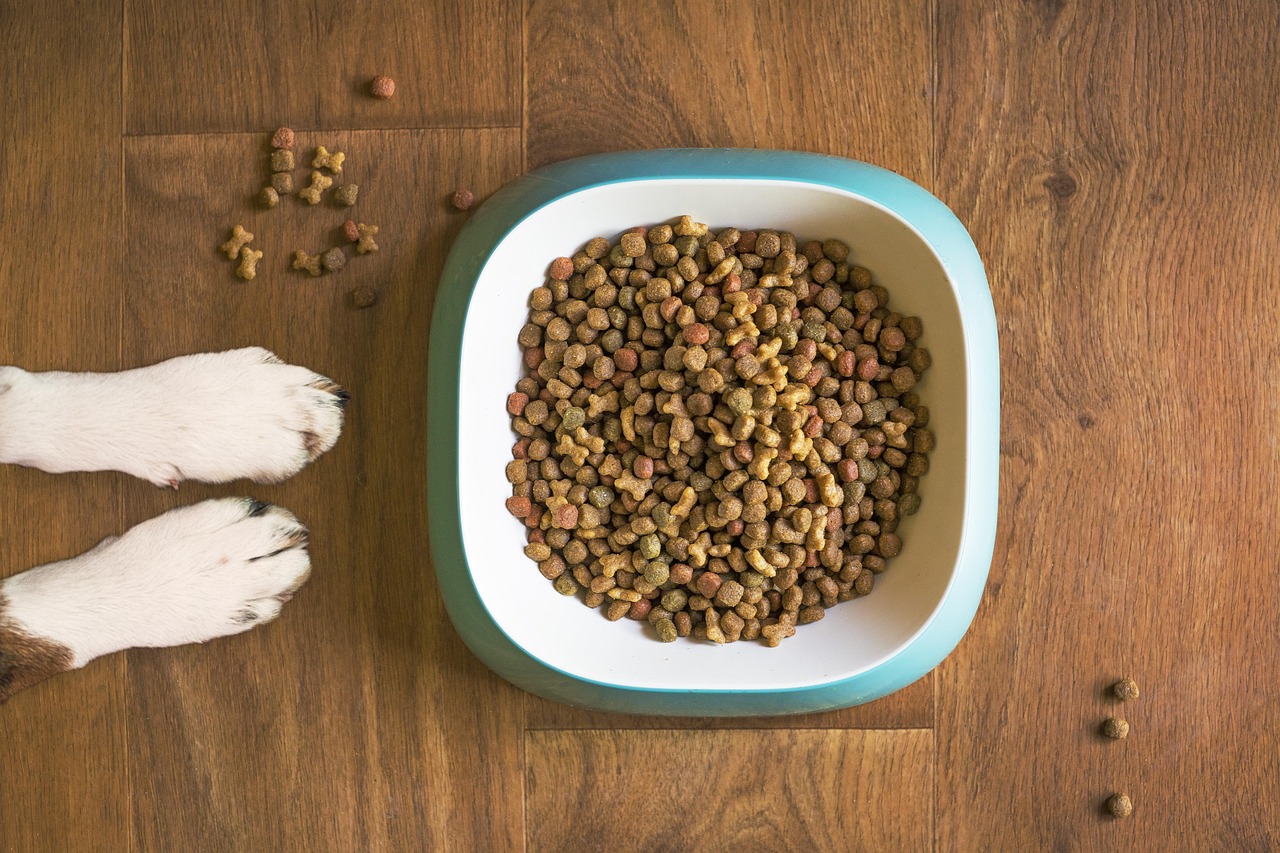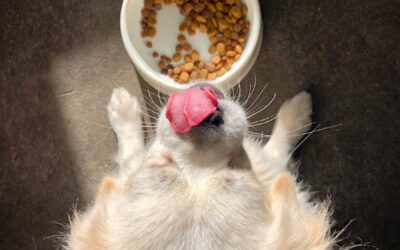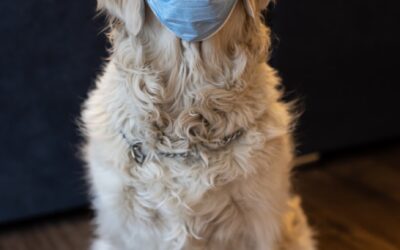Are you up worrying and thinking, “Why is my dog not eating his food?”
Keeping our furry friends happy and healthy is a priority for every dog lover, but what happens when your dog is not eating food?
Changes in a dog’s appetite can be a clear signal that something is wrong, whether behaviorally, environmentally, or medically. Understanding your dog’s eating habits and exploring potential solutions can make all the difference.
This guide will help you uncover why your dog may not be eating their food and provide actionable solutions to ensure they thrive.
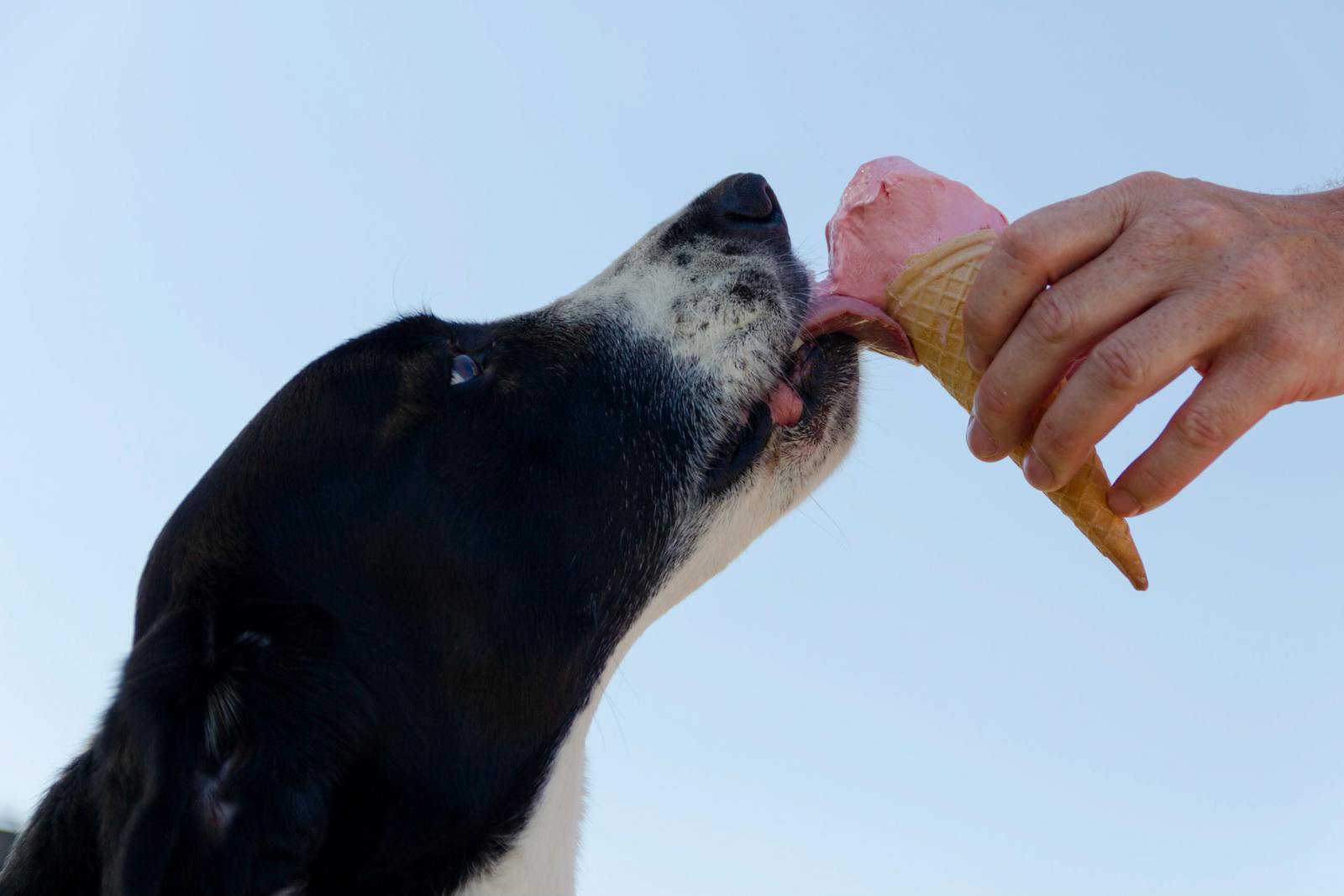
Introduction to Dog Eating Issues
Dogs, like humans, can experience a range of eating issues that can be caused by various factors. Understanding a dog’s eating habits and identifying potential problems early on is crucial for maintaining their overall health and well-being.
Changes in a dog’s appetite or eating habits can be a sign of an underlying medical condition, and it’s essential to seek veterinary care if you notice any unusual behavior. In this article, we will explore the common reasons why a dog may not be eating, including dental disease, picky eating habits, and underlying medical conditions.
We will also discuss the importance of monitoring a dog’s food preferences and seeking veterinary care if necessary.
Understanding Your Dog’s Eating Habits
Many dogs have unique eating habits and preferences. Some enjoy crunching on dry kibble, while others prefer the texture and flavor of wet food or even a mix of both. Understanding your dog’s eating habits and identifying potential problems early on is crucial for maintaining their overall health and well-being.
Changes in a dog’s eating habits can occur for many reasons, including health and environmental factors. Whether your dog suddenly stops eating or refuses a specific food, always monitor the situation carefully to determine the cause.
Medical Reasons for Loss of Appetite
Sometimes, when a dog refuses food, an underlying illness may be the culprit. Below are common health-related reasons your dog might stop eating:
1. Dental Issues
If your dog is experiencing oral discomfort, they may hesitate to eat. Dental problems such as gum disease, loose teeth, or pain in the dog’s mouth can significantly impact their appetite. Regular dental check-ups can help detect issues early and maintain good oral health.
2. Illnesses or Underlying Conditions
Other medical conditions such as kidney failure, gastrointestinal disorders, or infections could result in decreased appetite, as many illnesses can affect a dog’s desire to eat. Additionally, new medication or treatments can affect a dog’s appetite. If your dog isn’t eating and is also showing signs of vomiting, diarrhea, or lethargy, seek veterinary care immediately.
3. Sudden Dietary Changes
Switching to a new dog’s food too quickly can upset your dog’s stomach and cause them to refuse meals. Gradually transitioning by mixing the new food with the old food over time can help minimize discomfort.
If your dog skips more than one meal or is showing other symptoms, consult a vet immediately.
Behavioral Factors That Affect Eating Habits
Behavior issues are another common reason why dogs might stop eating. These could range from stress and anxiety to simple preferences.
1. Picky Eating Habits
Does your dog eat treats but shy away from their regular meals? Many dogs develop picky eating habits, especially if they’ve been given too many treats or table scraps. These habits can lead to your dog’s refusal to eat their own food.
2. Stress and Anxiety
Stressful situations like moving to a new environment, the arrival of a new baby, or the presence of other pets can affect your dog’s appetite. Dogs are pack animals and respond to changes in their environment or routine, including owner absence.
3. Changes in Routine
Dogs thrive on routine, so sudden disruptions in mealtime or the absence of an owner can lead to your dog stops eating their regular meals.
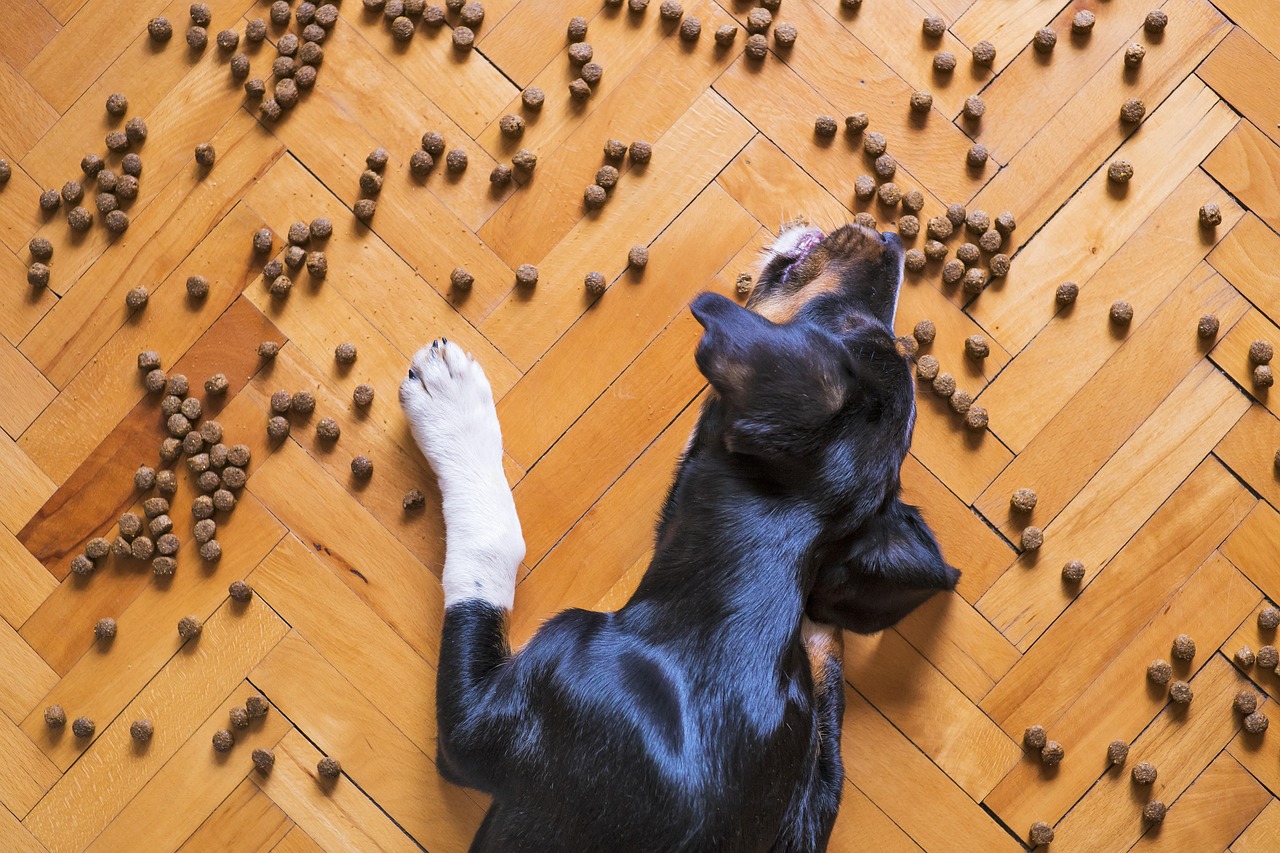
Environmental Factors Influencing Appetite
Your dog’s environment plays a significant role in their appetite. Here are some common environmental factors and their solutions:
1. Home Environment
If your dog’s eating area is uncomfortable or located in a noisy or disruptive part of your home, it could contribute to your dog’s refusal to eat. Providing a quiet, comfortable eating space can help.
2. Significant Changes
Events such as a significant change in your dog’s daily routine, the introduction of new pets, or other major changes can create stress, impacting your dog’s eating habits. Try to maintain consistency in their environment as much as possible.
3. Comfortable Eating Space
Make sure your dog has their own designated, stress-free eating area. This can help encourage them to start eating again.
Food-Related Issues and Quick Fixes
The type, quality, and presentation of your dog food can also impact their appetite:
- Food Preferences: Some dogs prefer wet food over dry kibble, while others enjoy variety in flavor. Experiment with different combinations to find what your dog loves most.
- Enhancing Flavor: Adding warm water, a bit of beef broth, or a tasty topper to your dog’s kibble can make it more palatable.
- Offering Variety: Rotating between wet food and dry kibble can prevent your dog from getting bored with their meals.
Special Considerations for Dog’s Food
When it comes to a dog’s food, there are several special considerations to keep in mind. Dogs are social eaters and thrive on routine, so changes in their environment or feeding schedule can affect their appetite. Additionally, dogs have different nutritional needs at different stages of their life, and their food should be tailored to meet these needs.
For example, puppies require more protein and calories than adult dogs, while older dogs may require fewer calories and more fiber. It’s also important to consider a dog’s individual preferences and eating habits when selecting their food. Some dogs may prefer wet food or canned food, while others may prefer dry food or a combination of both.
Adding warm water or beef broth to a dog’s food can make it more appealing, and hand feeding can be an effective way to encourage a dog to eat. However, it’s essential to avoid giving a dog too many treats or table scraps, as this can lead to weight gain and other health problems.
Common Feeding Mistakes to Avoid
Many pet owners unknowingly make mistakes that can negatively impact their dog’s eating habits:
- Overfeeding or Underfeeding: Giving too much or too little can alter a dog’s appetite and overall health.
- Too Many Treats: Dogs often prefer treats over regular food, so limit treats to avoid creating a picky eater.
- Force Feeding: Never force feed your dog, as this may lead to a negative association with food and worsen the problem.
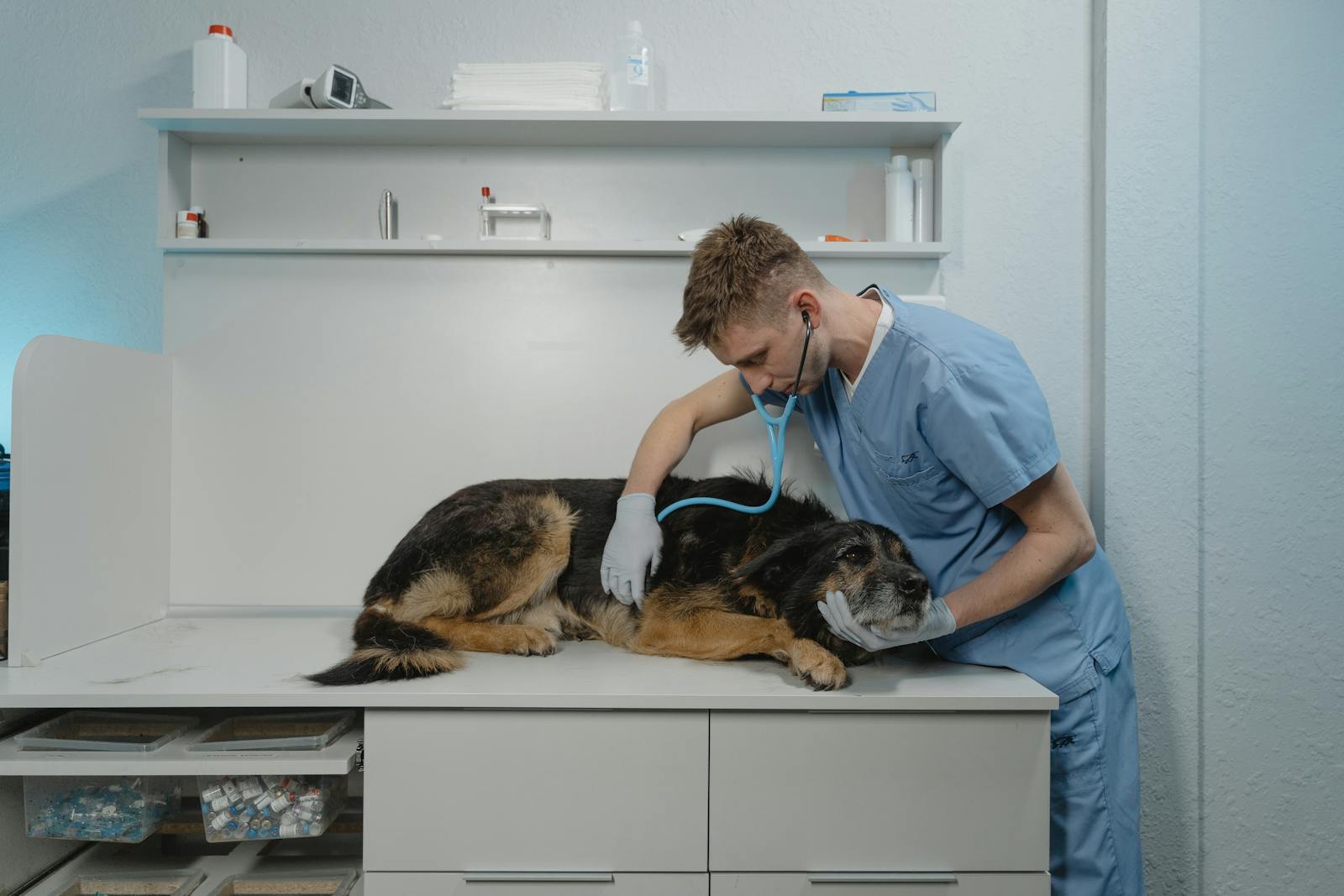
When to Seek Veterinary Care
If your dog isn’t eating and begins exhibiting other symptoms such as vomiting, diarrhea, or weight loss, it may be time to consult a veterinarian.
A vet can identify medical conditions, dental disease, or behavioral triggers that may be causing your dog’s refusal to eat. They’ll also work with you to create a treatment plan and recommend suitable dietary options.
Signs That Your Dog May Need Immediate Care:
- Complete loss of appetite for more than 24 hours.
- Sudden changes in behavior, lethargy, or other unusual symptoms.
- Signs of pain in your dog’s mouth, such as difficulty chewing or drooling excessively, along with other signs of discomfort.
Encouraging a Healthy Appetite
Creating a positive feeding environment and addressing any underlying issues can make a huge difference in your pup’s appetite:
- Hand Feeding: Try hand feeding your dog to make mealtime feel special and engaging.
- Puzzle Feeders: Use puzzle feeders to create an interactive and stimulating feeding experience.
- Adding Variety: Rotate between different proteins or flavors to keep meals interesting.
Patience, persistence, and working with a veterinarian if necessary can help get your dog back on track.
Top Puzzle Feeder Products To Encourage Healthy Eating Habits
Introducing a puzzle feeder into your dog’s routine is a fantastic way to encourage slow eating, prevent boredom, and stimulate their mind. Below are six highly recommended puzzle feeder products from leading brands, each with a link to their respective websites for easy purchase:
- Outward Hound Fun Feeder Slo Bowl: This classic slow feeder features ridges that make mealtime challenging and fun for your dog. It’s available in various sizes and colors. Buy here
- KONG Wobbler: The KONG Wobbler dispenses food as your dog nudges it, combining mealtime with an interactive playtime experience. Buy here
- Trixie Poker Box Interactive Dog Toy: This advanced puzzle feeder provides versatile challenges with its four compartments, perfect for dogs who love a good problem to solve. Buy here
- Pet Zone IQ Treat Ball: The Pet Zone IQ Treat Ball twists open to hold kibble or treats and dispenses food as your dog rolls it along, keeping them engaged during meals. Buy here
- Snuffle Mat by PAW5: A snuffle mat mimics the natural foraging process, encouraging your dog to sniff out their food from fabric folds. Buy here
- StarMark Bob-A-Lot Interactive Dog Toy: This toy can hold a full meal and features adjustable openings, making it suitable for different skill levels. Buy here
These puzzle feeders introduce enriching experiences for your dog while encouraging healthier eating habits. Explore the options above to find the perfect product for your furry friend!
Conclusion | Why Is My Dog Not Eating His Food?
In conclusion, a dog’s eating habits and food preferences are essential aspects of their overall health and well-being. By understanding the common reasons why a dog may not be eating and taking steps to address these issues, owners can help ensure their dog stays healthy and happy. Whether it’s dental disease, picky eating habits, or underlying medical conditions, seeking veterinary care is crucial for identifying and treating any potential problems.
By working with a veterinarian and making informed decisions about a dog’s food and eating habits, owners can help their dog thrive and enjoy a long, healthy life. Remember, if your dog suddenly stops eating or shows a decrease in appetite, it’s essential to seek veterinary care immediately to rule out any underlying medical conditions. With the right care and attention, you can help your dog maintain good health and a healthy appetite.

Final Thoughts on Improving Your Dog’s Eating Habits
A dog’s lack of appetite can stem from a variety of factors, from medical issues to environmental changes and behavioral patterns, and it’s important to monitor how much they have eaten. Understanding your dog’s individual needs and working with a veterinarian can help resolve their eating issues effectively.
To keep your dog healthy, always provide a balanced diet, monitor their eating habits, and make adjustments as needed. Remember, your dog relies on you to create a safe, comfortable, and stress-free eating environment.
If you’re ready to learn more about how to keep your pup happy and full of life, visit Snouts & Stouts today and discover expert advice, tips, and community support for pet lovers like you.
